-
Welcome to 4Runners.com!
You are currently viewing as a guest! To get full-access, you need to register for a FREE account.
As a registered member, you’ll be able to:- Participate in all 4Runner discussion topics
- Transfer over your build thread from a different forum to this one
- Communicate privately with other 4Runner owners from around the world
- Post your own photos in our Members Gallery
- Access all special features of the site
How does my 2001 4Runner Limited get "power brakes"?
Discussion in '3rd Gen 4Runners (1996-2002)' started by DLO_Houston, Sep 27, 2024.

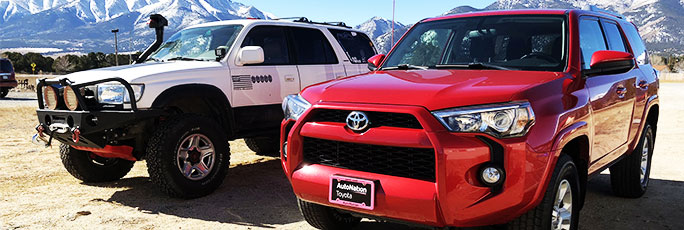
 Suitable Jack stands
Suitable Jack stands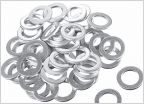 Crush washers
Crush washers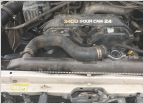 3rd gen 4runner w/ 3.4
3rd gen 4runner w/ 3.4 Need (apparently rare) Accelerator Pedal Position Sensor Connector pig tail
Need (apparently rare) Accelerator Pedal Position Sensor Connector pig tail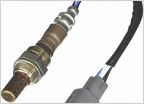 O2 sensor in 2002
O2 sensor in 2002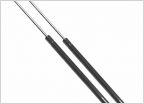 Door hinges and stuff
Door hinges and stuff







































































